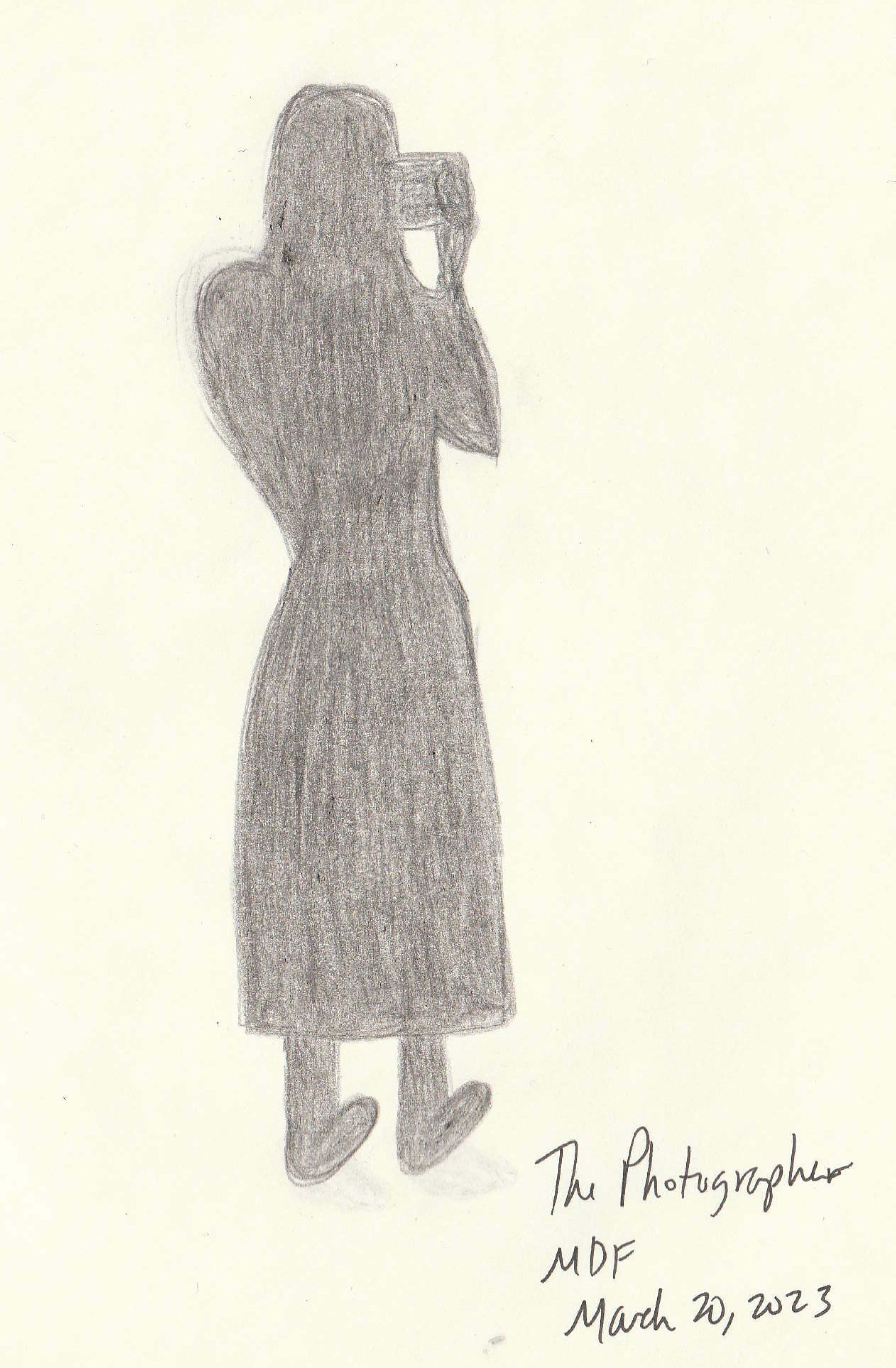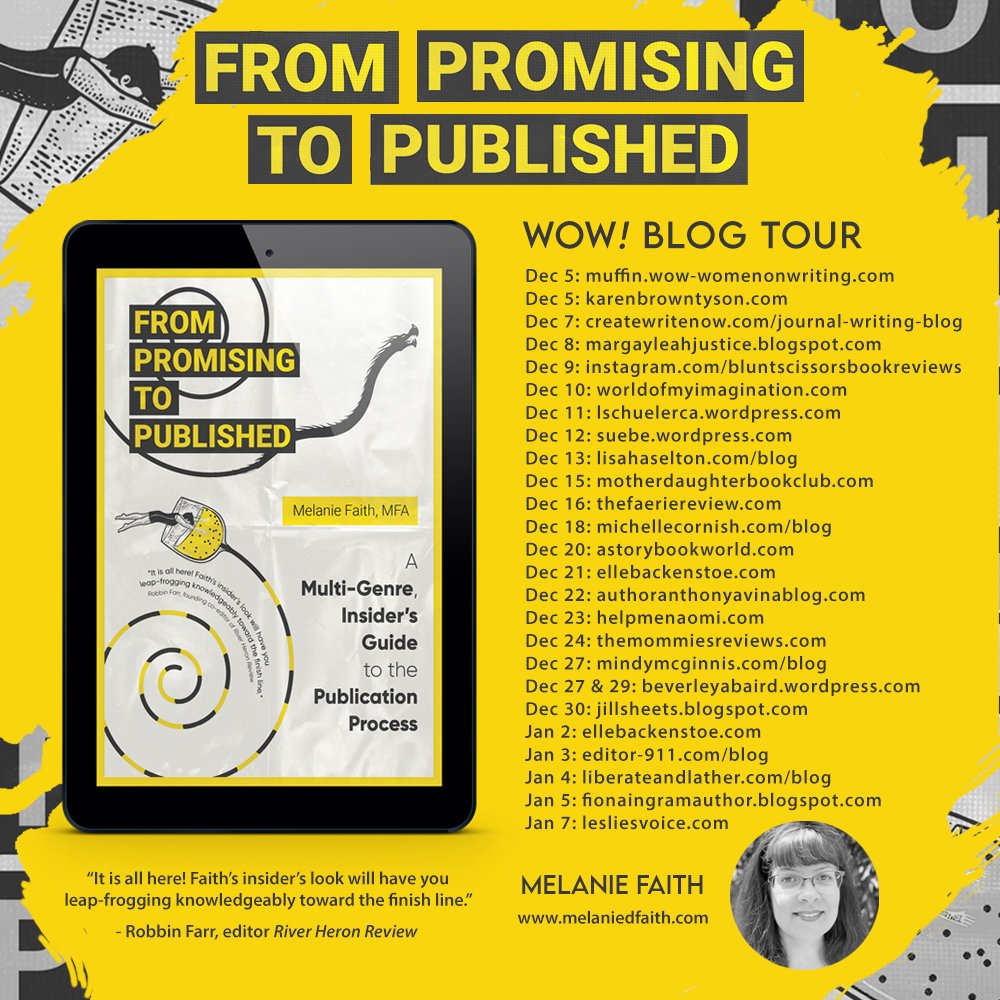So excited that my article about the perks of freelance editing was published at The Muffin. 🥳
My webinar on this topic this Friday, April 12th is also sure to share even more perks to freelancing. To learn more: clickety-click! ✍️
My article:
Do you love to read? Have you participated in a writing workshop or beta read for a friend? Or taken a creative writing class to learn the building blocks of prose and poetry? Have you offered suggestions for a friend’s essay or creative piece? Are you a creative writer? Are you a fan of precise or beautiful language? Do you love talking about the writing and revision processes? Do you enjoy discovering an individual author’s voice and offering encouragement?
If the answer to any of these questions is yes, freelance editing may very well be a wonderful fit for your natural skills, bring enjoyment, and offer some spending money or a helpful additional income to your household while doing something you already love—communicating and developing fun-to-read, page-turning literature for fellow readers.
Let’s look at just a few of the many perks of becoming a freelance editor.
1. One of the best parts of freelancing is working directly with a motivated writer who is open to suggestions for making their manuscript clearer and more gripping to readers. We all know how hard it can be to spot errors or inconsistencies in one’s own writing, and as a freelance editor you get the privilege of offering feedback that the author may be too close to the manuscript to notice while self-editing. You work as a team to sculpt the work to optimal length, genre specifications, literary devices, pacing, character and/or plot development, and so much more.
2. You also will likely expand your network and build a bond or a friendship with authors whose manuscript you have the chance to review. It’s a sacred, meaningful honor to be entrusted with a writer’s work, and while bringing out the best in the writing, editors and writers work towards the same goals. Once you have offered supportive, clear feedback to an author on one project, they often return when they have other manuscripts they’d like constructive, helpful suggestions on in the future.
3. Freelance editors have freedom of time and freedom of project-choice. Freelancers set up a schedule and a deadline that mutually work for both writer and editor. Freelance editors also enjoy the freedom to pick the kinds of projects and the genres of writing that most excite us. Do you love reading thrillers and fantasy but dislike mysteries and dystopian work? As a freelancer, you can pick and choose the projects that you feel most excited to offer feedback on and that most inspire you.
4. Most freelance editors begin their small businesses as part-timers, so whether you are working another job, serving as a caregiver, raising a family, running another small business, or juggling multiple life stages and vocations, freelancing offers the flexibility to work from home or a café or shared office space at times that work best for you, your schedule, and your life circumstances. I’ve worked with freelance editors and students of all ages—from their twenties through their retirees—who start editing, and these editors have found that freelance editing fits into their lives around other life events and responsibilities with a little organization and planning.
5. You can work with clients from your local neighborhood or from all around the world at a time that is best for you and your clients’ needs.
Clearly, freelance editing offers countless perks and the satisfaction of adding quality, entertaining, meaningful books to the literary landscape. If you have any interest at all in this exciting, flexible field, it’s well-worth looking into and giving it a whirl.
Image courtesy of WOW! Women on Writing
















